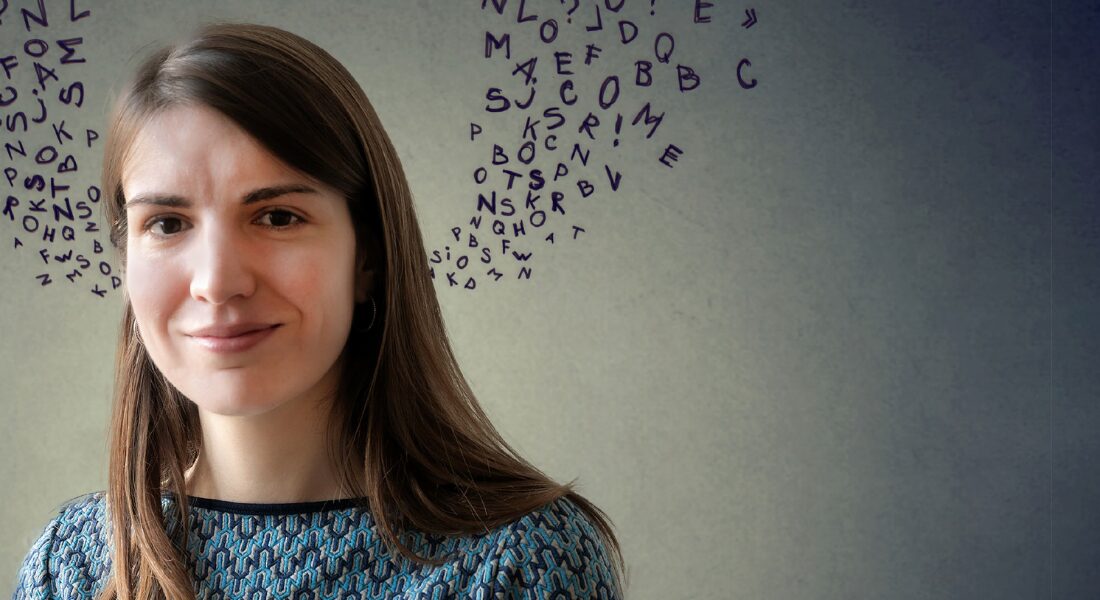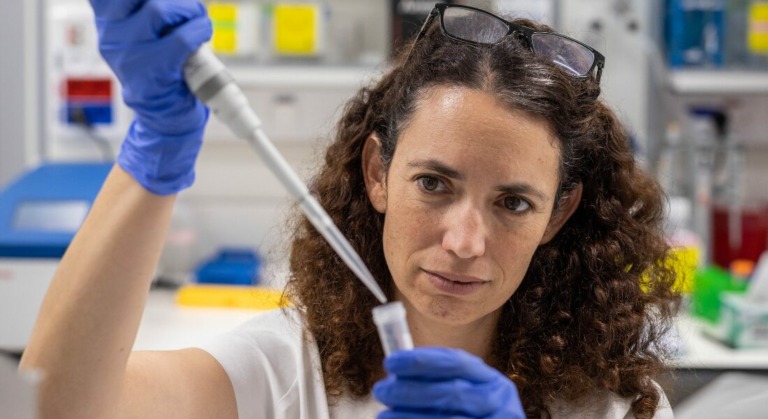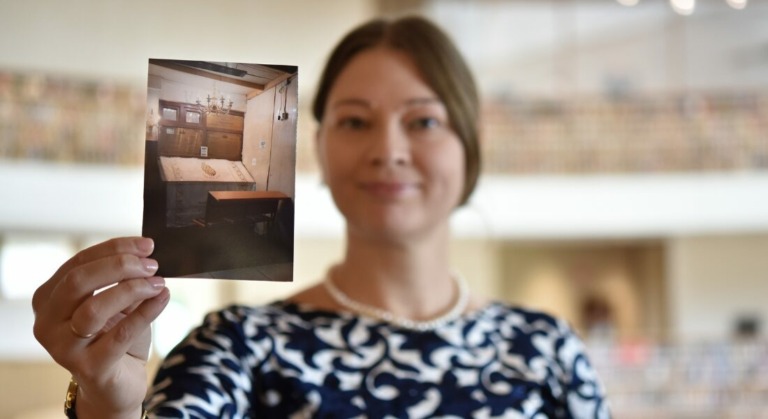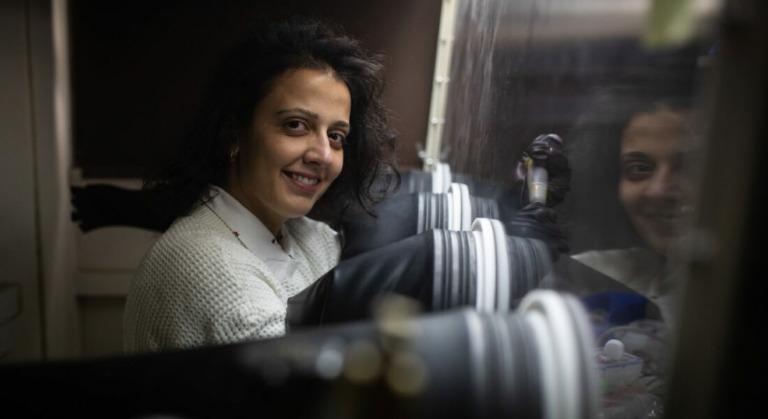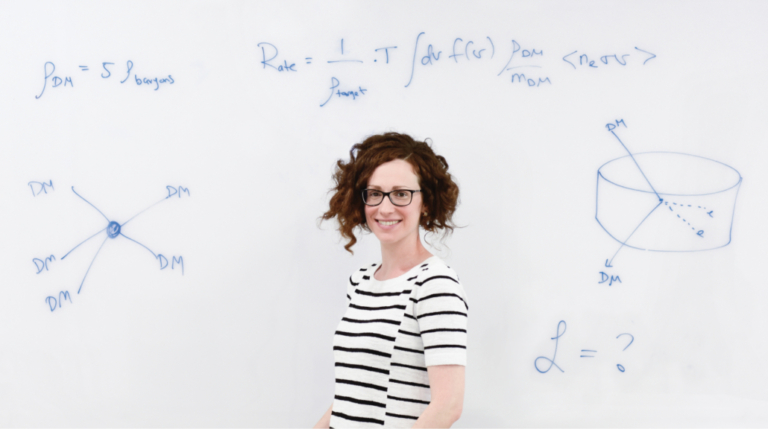The world boasts some 7,000 languages. They vary greatly in which meanings they lexicalize or incorporate into a vocabulary: English has different words for red and white, for example, while Dani (spoken in New Guinea) has only two basic colours (one for cool/dark shades and another for warm/light shades). Some meanings are almost always lexicalized across languages, and some almost never. Nearly all known languages have a word whose meaning is “every,” and no known language has a word whose meaning is “not every.” Is there some rhyme or reason driving such diversity?
For linguist Milica Denić, it’s not merely a question of how languages evolved, but why they evolved the way they did. “How come we have the kinds of languages that we have, out of the infinitely many kinds of languages that we could have?” asks Denić, an Azrieli International Postdoctoral Fellow at Tel Aviv University’s Department of Linguistics.
Denić uses computer simulations to better understand the properties associated with today’s languages. She’s also tackling related “big picture” questions that are tied to language: How do children acquire language skills so effortlessly? Are humans born with an innate linguistic capacity? If so, how does this capacity interact with environmental pressures to shape language structure? What, exactly, is the relationship between language and thought? “I’m interested in really fundamental questions about what makes us human, and about how our minds work,” says Denić.
Denić pursued a PhD in cognitive science and linguistics at École normale supérieure in Paris, followed by a postdoc at the Institute for Logic, Language and Computation at the University of Amsterdam. Much of her research since then has focused on the various pressures that shape languages as they evolve.
One is the pressure to keep things simple. A simpler language is easier to learn than a more complex one, but with a small vocabulary (a small lexicon, as linguists put it) you can lack a word for whatever you’re trying to describe. A second pressure is to maximize how informative our expressions can be.
A third pressure is to minimize the complexity of utterances. When we say, for example, “there’s an elephant behind you” or “there’s a large grey mammal with tusks and a trunk behind you,” both convey the same information, but the second is much more complex. On the other hand, “there’s an elephant behind you” and “there’s an animal behind you” are equally simple utterances, but the first one conveys more information (while also demanding a larger lexicon, since it requires the language to have a word for that specific animal).
A particular problem that Denić investigated is the way speakers of different languages refer to numbers. In English, for example, each number from one to 12 has its own name, as do 100, 1,000 and similar multiples. But numbers 13 to 99 are built out of building blocks: 13 is thir-teen, 30 is thir-ty. These building-block numbers use “morphemes” to construct more complex expressions for numbers.
